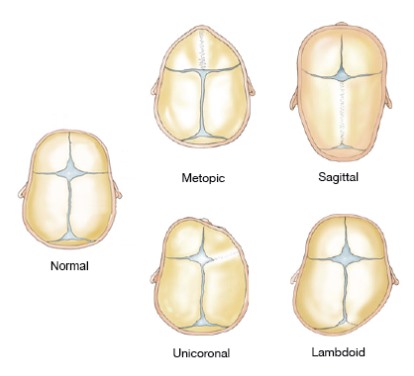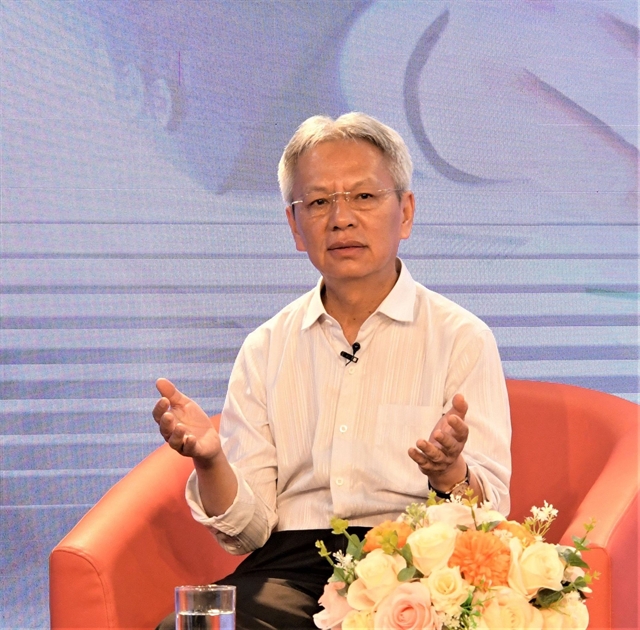 Society
Society

Craniosynostosis, or congenital deformities caused by early fuse of different parts of the skull, are a rare condition that reportedly afflicts six out of 10,000 children in Việt Nam.
 |
| Doctors of the Children’s Hospital II in HCM City perform surgery on children with rare skull defects. — VNA/VNS Photo |
HCM CTIY — Craniosynostosis, or congenital deformities caused by early fuse of different parts of the skull, are a rare condition that reportedly afflicts six out of 10,000 children in Việt Nam. The structural defects of the cranium not only have aesthetical issues, but can also disrupt several vital functions of the brain itself, resulting in various ailments.
Just five years ago, being born with the disorder meant near-certain doom. Vietnamese families with children suffering from genetic cranial abnormalities had only two choices: either spending an astronomical amount of money on several trips to have their children treated in
It is no longer as hopeless now.
Still, save for a handful of public hospitals in large cities such as the Children’s Hospital II in
The Vietnamese health insurance system has also covered part of the surgery’s expenses, however, making the life-changing procedure even more accessible to all unfortunate patients.
Earlier in July, the Children’s Hospital II successfully conducted surgeries, restoring normalcy to two children suffering from craniosynostosis with hydrocephalus.
Craniosynostosis, or premature fusing of fibrous sutures in an infant’s skull, which usually only closes and turns into hard bones at an adult age, would force the nascent brain to develop in unusual directions, resulting in odd shapes.
“Most of the occurring cases are sagittal suture synostosis, commonly referred to as boat skull, in which the closing of a vertical suture forces the brain to grow in parallel with the closing. Other deformities include a lack of symmetry in the skull structure, peaked head, or lambda suture synostosis which the head’s rear is asymmetrically flat,” doctor Đặng Đỗ Thanh Cần, head of the neuro-surgery faculty, said.
 |
| Different types of deformities caused by craniosynostosis, depending on which fibre suture of the skull is prematurely ossified. — Photo courtesy of Việt Nam - Germany Hospital |
The disorder usually causes diminished vision, cleft lip and palate, seizures, breathing difficulties or severe head pain.
And in two July cases, the deformity had already caused hydrocephalus, or the accumulation of fluids in the brain, which happens in 30-50 per cent of the cases, Cần said.
The consequences might be ultimately fatal if not treated in due time, he warned.
“Seeing the imaging results, we were really worried. My wife, she cried all the time, not knowing how our child would survive for the remainder of her life,” said H.T.A., 38, father of H.N.G.K, 13 months old, one of the afflicted children.
At three months old, H.N.G.K. was already on the surgery table, and in July, she was operated on for the third – and final – time, where the doctors enlarged the skull’s front and eye socket.
The second case involves T.T.T.P, 17 months old, who also underwent a total of three surgeries to have his skull properly accommodate a normal growth of the brain.
The children are now in stable condition and won’t have to worry about an unsightly large head or physical disorders anymore.
“She has slower movement compared to other children, but her cognitive functions are not negatively affected. I’m really glad she’s cured now,” H.T.A. said.
According to Dr Phạm Ngọc Thạch, deputy director of Children’s Hospital II, in some craniosynostosis cases, just one surgery lasting five to eight hours is enough, but more complicated cases might require intervention in different periods of the child’s development, starting from three months old to 10 years old. — VNS




